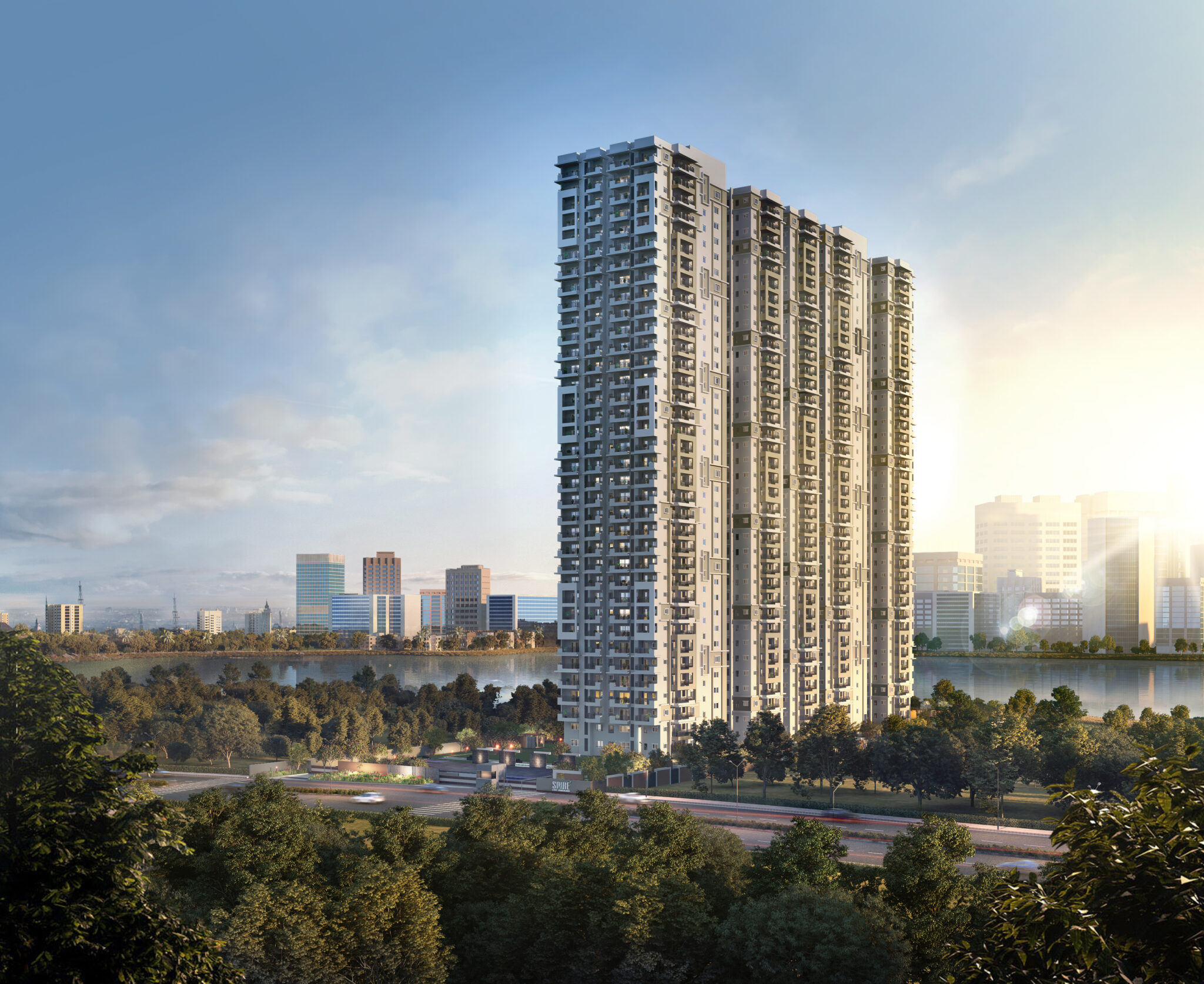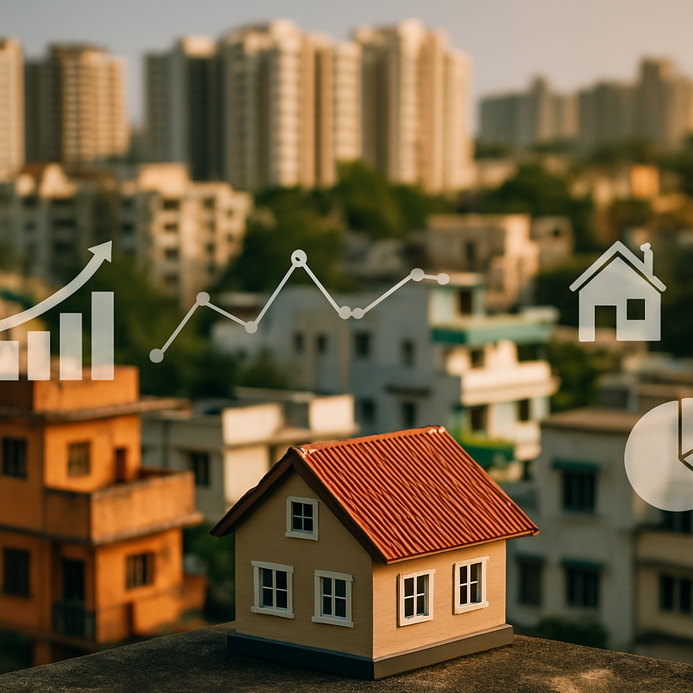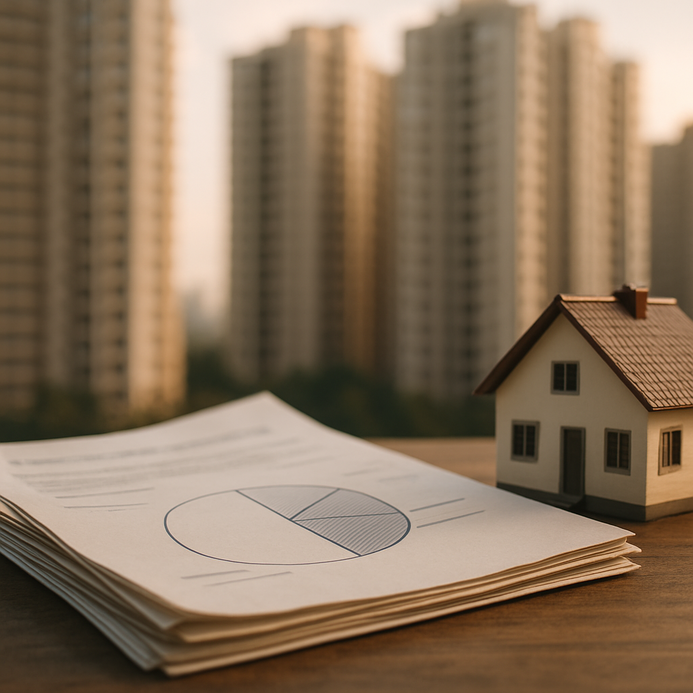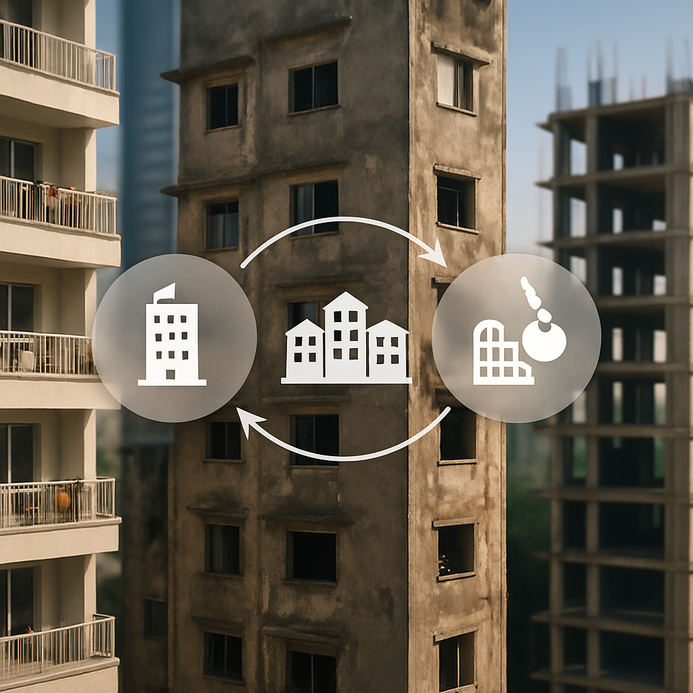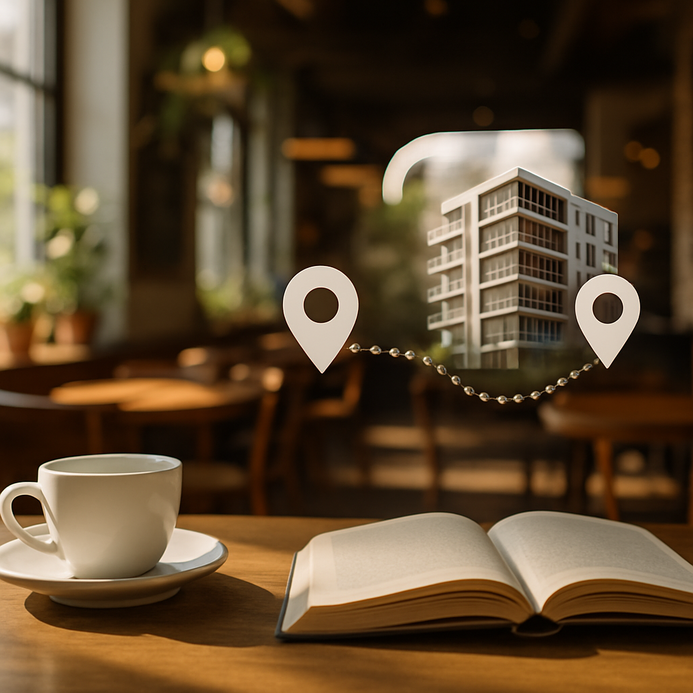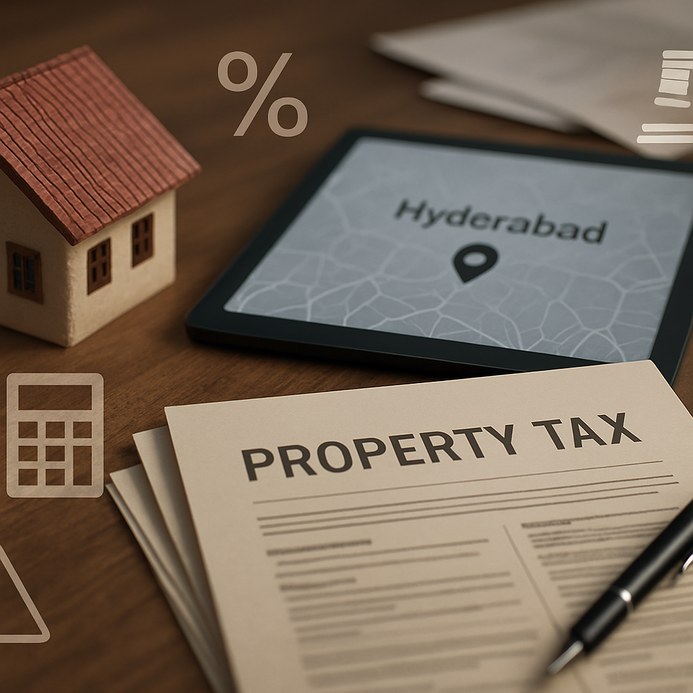How Walkability Impacts Lifestyle & Property Value for Homebuyers
Understanding the Walkability Score
Walkability, it’s more than just a buzzword. It’s about how friendly a neighborhood is for walking. If a place has a high walkability score, it means you can easily stroll to schools, parks, or grocery stores without breaking a sweat. This score is pretty crucial for anyone living in the city, as it has a direct impact on health, safety, and just enjoying life overall.
How Walkability Score is Calculated
So, how do we end up with that walkability score? Well, it’s based on a bunch of different factors, usually rated between 0 and 100. The higher the score, the better the walking conditions. Here are some important pieces of the puzzle:
- Proximity to Amenities: How close are the must-have services?
- Intersection Density: More intersections usually make an area easier to walk in.
- Sidewalk Availability: You definitely want sidewalks for safety.
- Public Transport Access: Good transit options really support walking.
Factors Influencing Walkability Score
| Factor | Influence on Score |
| Proximity to Services | +20 |
| Intersection Density | +15 |
| Sidewalk Density | +25 |
| Public Transport Access | +30 |
When a score’s put together, it helps homebuyers figure out where to best set down roots. More and more, planners are looking at walkability when designing urban spaces. If you want a deeper dive into this stuff, check out studies like this one on walkability indices [Source].
Importance in Urban Living
A high walkability score does wonders, not just for your health but for the environment, too. Places you can walk in help bring down traffic and pollution levels. Families and young professionals are taking notice. Studies have shown that living in a highly walkable area can link to lower rates of obesity and even better mental health. Seriously, moving to a more walkable neighborhood can help lower hypertension risk [Source].
Investing in these lively communities also benefits local businesses since people tend to shop nearby. That’s definitely an important factor for the long-term value of a home and just enjoying life overall. If you’re searching for housing options, check out places with solid walkability scores [Source: ASBL].
The Benefits of Living in a Walkable Neighborhood
You know, living in walkable neighborhoods? It’s got its perks. For starters? Health. Lots of studies show that if you’re in a walkable area, you’re likely getting more physical activity, which means lower risks for obesity and related diseases. Folks in highly walkable neighborhoods actually move around 35-45% more than those stuck in car-centric places. That’s a lot of steps and savings on healthcare!
Also, let’s talk money. A report found that Americans spend a good chunk, i.e 17% of their income on transportation. Not cool, right? By choosing a walkable neighborhood, you can cut down on those costs since everything’s usually just a stroll away.
Then there’s the social aspect. In these walkable communities, local parks, cafes, and shops create space for people to hang out. More foot traffic leads to more friend-making opportunities. Studies indicate that neighborhoods with higher walkability scores have better civic engagement and neighborly vibes.
Benefits of Living in Walkable Neighborhoods
| Benefit | Statistics | Source |
| Increased Physical Activity | 35-45% more active than car-dependent areas | [Source] |
| Reduced Transportation Costs | 17% of income spent on transportation | [Source] |
| Enhanced Community Engagement | Higher civic engagement reported | [Source] |
In short, walkable neighbourhoods lead to healthier folks, cut costs, and strengthen communities, perfect for families and young professionals alike. Want more tips on picking the perfect home location? Check out articles about things you should consider when buying in Hyderabad [here] or the importance of location [here].
Key Features of Walkable Areas
Walkability scores don’t just come outta thin air. They’re based on key features that really enhance accessibility and livability in a neighborhood.
Proximity to Essential Amenities
Walkable neighbourhoods often have easy access to daily essentials, think grocery stores, pharmacies, and healthcare spots. According to a study by the National Association of Realtors, homes near these goodies have higher property values and attract more potential buyers. If you’re eyeing a neighborhood with a solid score, chances are you’ll find amenities within a 10-15 minute stroll.
| Feature | Importance | Typical Distance |
| Grocery Store | Daily needs | 0.5 miles |
| Pharmacy | Health essentials | 0.5 miles |
| Healthcare Facility | Emergency & routine care | 1 mile |
Access to Parks and Recreation
Also, walkability isn’t just about getting stuff done. Parks and recreational areas play a huge role. Open green spaces boost physical activity and mental health. The American Institute of Architects found that communities with parks see more interactions among residents, which is a win for quality of life.
Efficient Public Transport Systems
Good public transport totally boosts a neighborhood’s walkability score. When buses and trains run well, it gives folks more options and lowers the need for cars. Cities like New York showcase how walkability and public transport go hand in hand, ensuring that residents can easily access destinations.
Pedestrian-friendly Infrastructure
You want well-designed sidewalks, crosswalks, and bike paths to create a walkable vibe. With wide sidewalks and traffic measures that keep things calm, neighborhoods become more inviting. This kind of design doesn’t just encourage walking but also cuts down on carbon emissions, which helps everyone breathe easier.
If you’re curious about the urban planning aspect that shapes walkability, check out this academic study.
For even more tips on nailing down your ideal home location, read about Understanding Property Taxes and HOA Fees or Factors to Consider While Finding Apartments.
The Rise of Walkability in Real Estate Trends
These days, homebuyers are placing more importance on walkability when scouting for properties, especially in urban areas. The walkability score tells us just how friendly a neighbourhood is to walkers, covering things like safety, amenities, and connectivity. Studies have shown that neighborhoods with higher walkability scores often have more desirable property values, attracting buyers who are all about convenience and less car dependency.
Check out how walkability scores stack up against property values in a few cities:
| City | Walkability Score | Average Property Value (USD) |
| New York | 89 | 1,300,000 |
| San Francisco | 86 | 1,200,000 |
| Chicago | 77 | 400,000 |
| Houston | 54 | 350,000 |
In cities like New York and San Francisco, walkable neighborhoods have seen property values shoot up by 30% when compared to less walkable ones. Builders chasing after luxury buyers are now thinking of integrating walking-friendly features, like being near transport hubs, shops, and parks, making their properties way more attractive.
Plus, there’s a sustainability angle here. Developments focused on walkability tend to incorporate green spaces and eco-friendly infrastructure, tapping into that growing demand for homes that are better for the environment. Want to learn more? Check out this article about walkability’s influence on urban living.
In Hyderabad’s evolving real estate market, understanding walkability is key. Builders who get this right can set their projects apart, appealing to buyers who care about lifestyle choices over just looks. For more valuable insights into the property market landscape in Hyderabad, check out this piece on real estate investment in Hyderabad.
Walkability? It’s not just a nice-to-have anymore—it’s a must-have that impacts real estate values and buyer happiness in big ways.
Evaluating Your Future Home: How to Use Walkability Score
Looking for your next place? Then understanding a walkability score can be a game-changer. This handy score tells you how walk-friendly a neighborhood is based on a bunch of factors like access to amenities, safety, and overall accessibility.
How to Assess Walkability Score Effectively
- Use Online Tools: Check out sites like Walk Score. They break down neighborhoods and give scores from 0 to 100, based on how close you are to everyday needs like grocery stores and public transport.
- Visit the Area: Sure, online tools are great, but nothing beats getting out there. Walk the neighborhood yourself—look at traffic conditions, noise, and how safe it feels.
- Check for Amenities: High walkability usually means you’ve got schools, restaurants, and parks nearby. Jot down what you need and see if those places are close to potential homes.
- Evaluate Public Transport Options: Good public transport is a bonus, often found in areas that rank high on walkability. You’ll want transit choices that make life easier and cut down on car reliance.
- Consider Safety: Lastly, remember, you want to feel safe walking around. Look up crime stats for the area and check out the foot traffic at different times.
Walkability Score Data
| City | Walkability Score | Average Daily Miles Driven |
| New York | 89 | 11.9 |
| Houston | 47 | 30.4 |
| San Francisco | 86 | 13.6 |
| Boston | 82 | 11.5 |
By using the walkability score effectively, you can find a home that suits how you live, promoting a healthier, more sustainable lifestyle. Need more location tips? Check out insights on ideal home locations and about the often-overlooked topic of stamp duty implications.
FAQ
What is a Walkability Score?
The Walkability Score rates how friendly an area is to walking, based on proximity to various amenities, public transport options, sidewalk availability, and more.
Why is Walkability Important?
High walkability scores are linked to better health outcomes, lower transportation costs, reduced traffic congestion, and enhanced community interactions.
How can I find out the Walkability Score of a neighborhood?
You can use online tools like Walk Score to evaluate the walkability of specific neighborhoods based on distances to amenities and public transportation.
Do Walkable Neighborhoods have higher property values?
Yes, studies show that neighborhoods with higher walkability scores often experience increased property values as they are more desirable to homebuyers.
How does walkability affect community engagement?
Walkable neighborhoods tend to foster more social interaction, leading to higher civic engagement and stronger community bonds.

